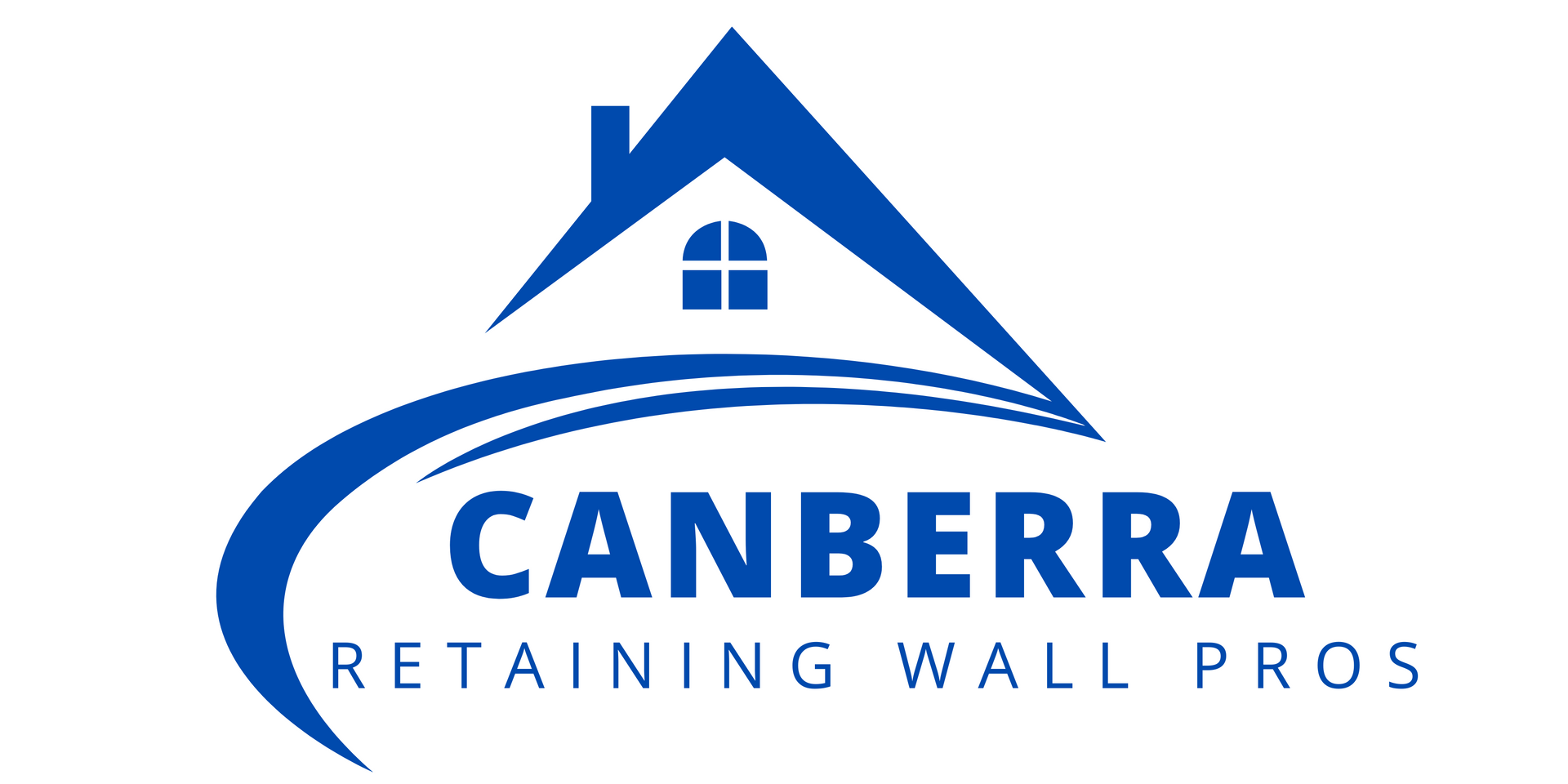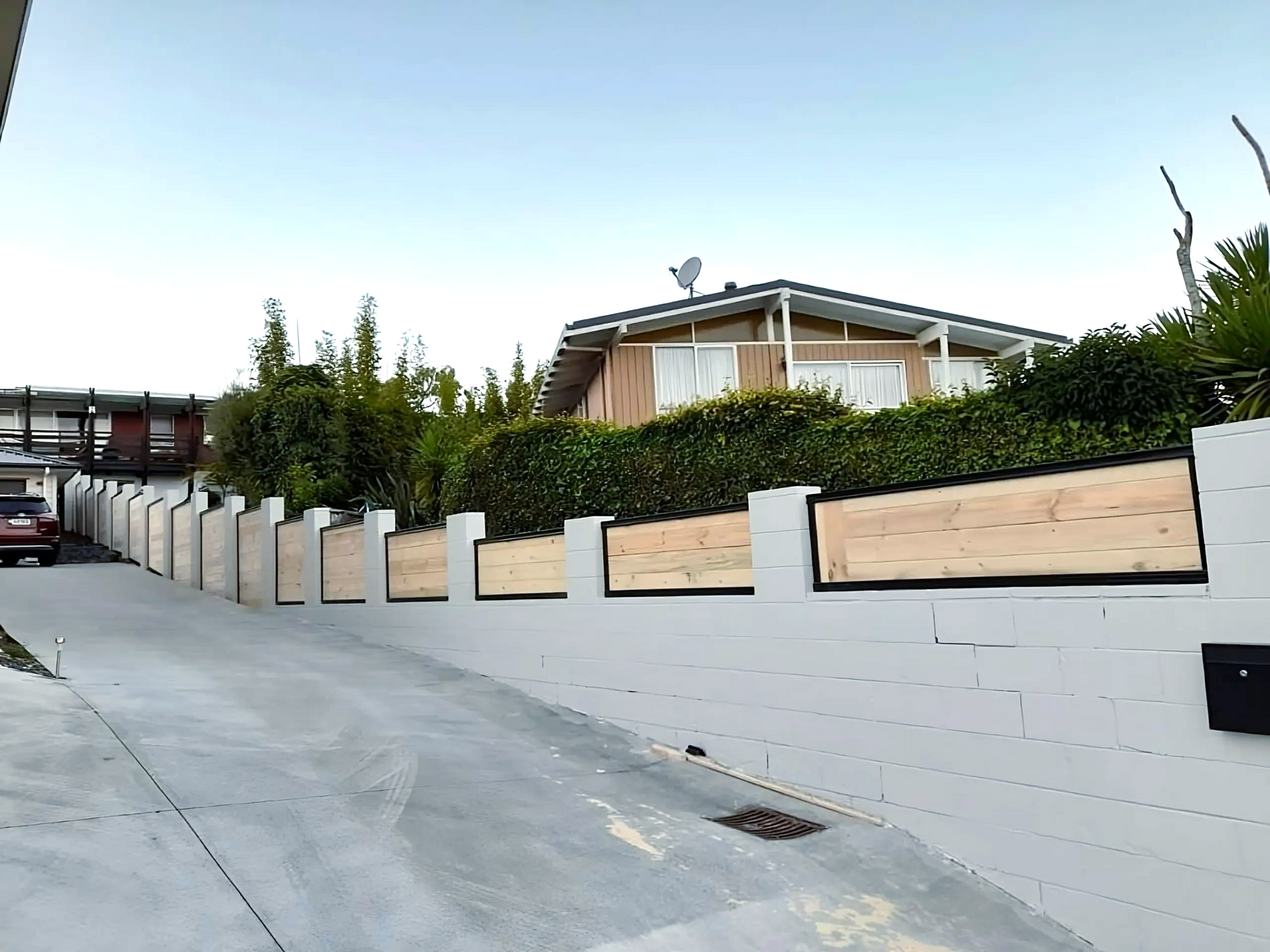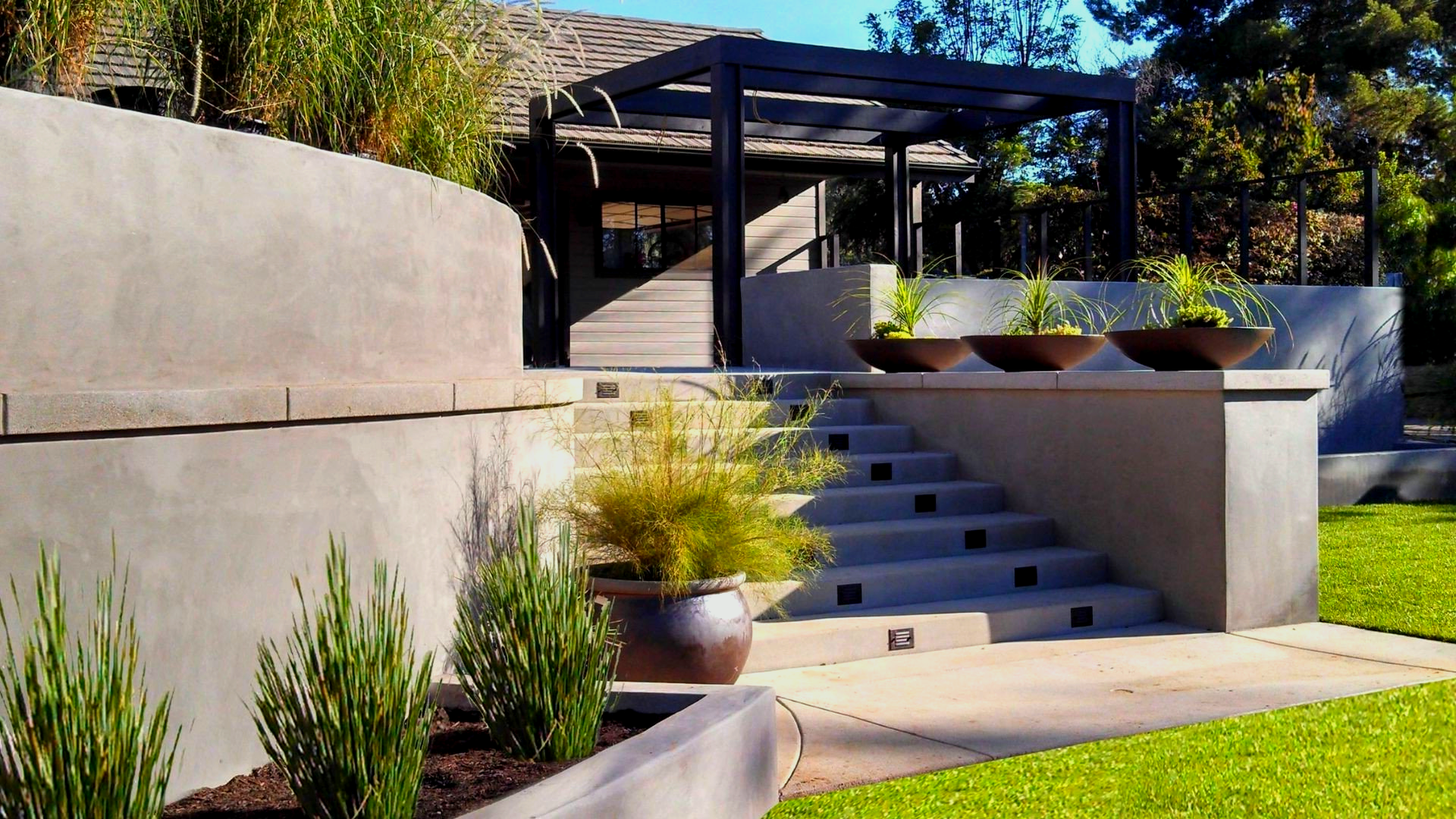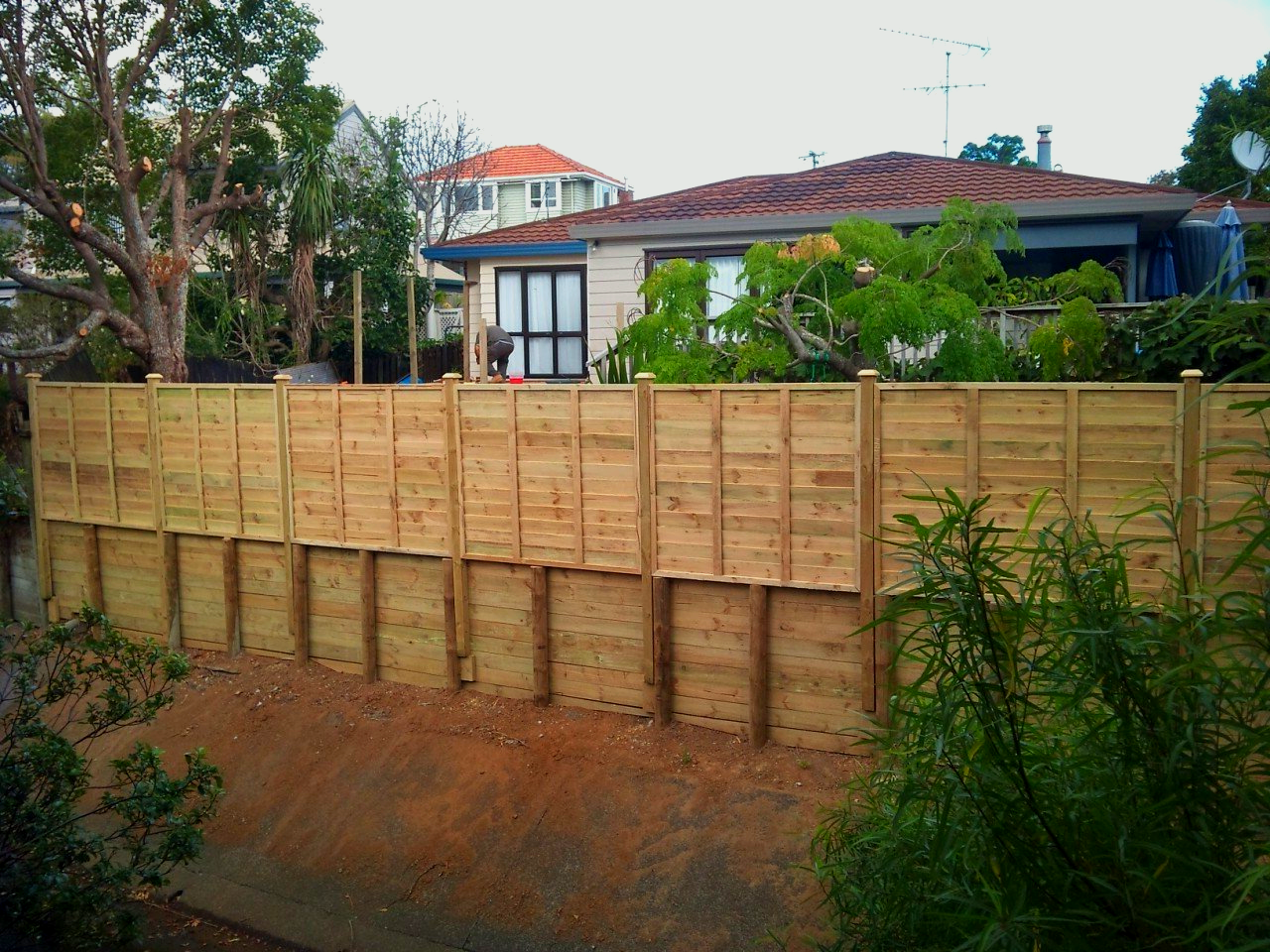Step-by-Step Guide to DIY Retaining Wall Maintenance and Repair in Canberra
Maintaining a retaining wall is crucial for protecting your property's structural integrity and preventing costly repairs. Our comprehensive guide will walk you through essential maintenance tasks and repair techniques specifically tailored for Canberra's unique soil conditions and climate.
As experienced retaining wall specialists in the ACT region, we've seen numerous preventable wall failures that could have been avoided with proper care. Regular inspections and timely repairs can extend your wall's lifespan by decades while safeguarding your property investment.
The changing seasons in Canberra can be particularly harsh on retaining walls, with our hot summers and frosty winters creating unique challenges. We'll share our proven maintenance strategies that have helped countless local homeowners protect their retaining walls throughout the year.
Key Takeaways
- Regular inspections and maintenance can prevent major structural failures and expensive repairs
- Professional techniques and local climate considerations ensure long-lasting results
- Simple DIY maintenance steps protect your property value and extend wall longevity
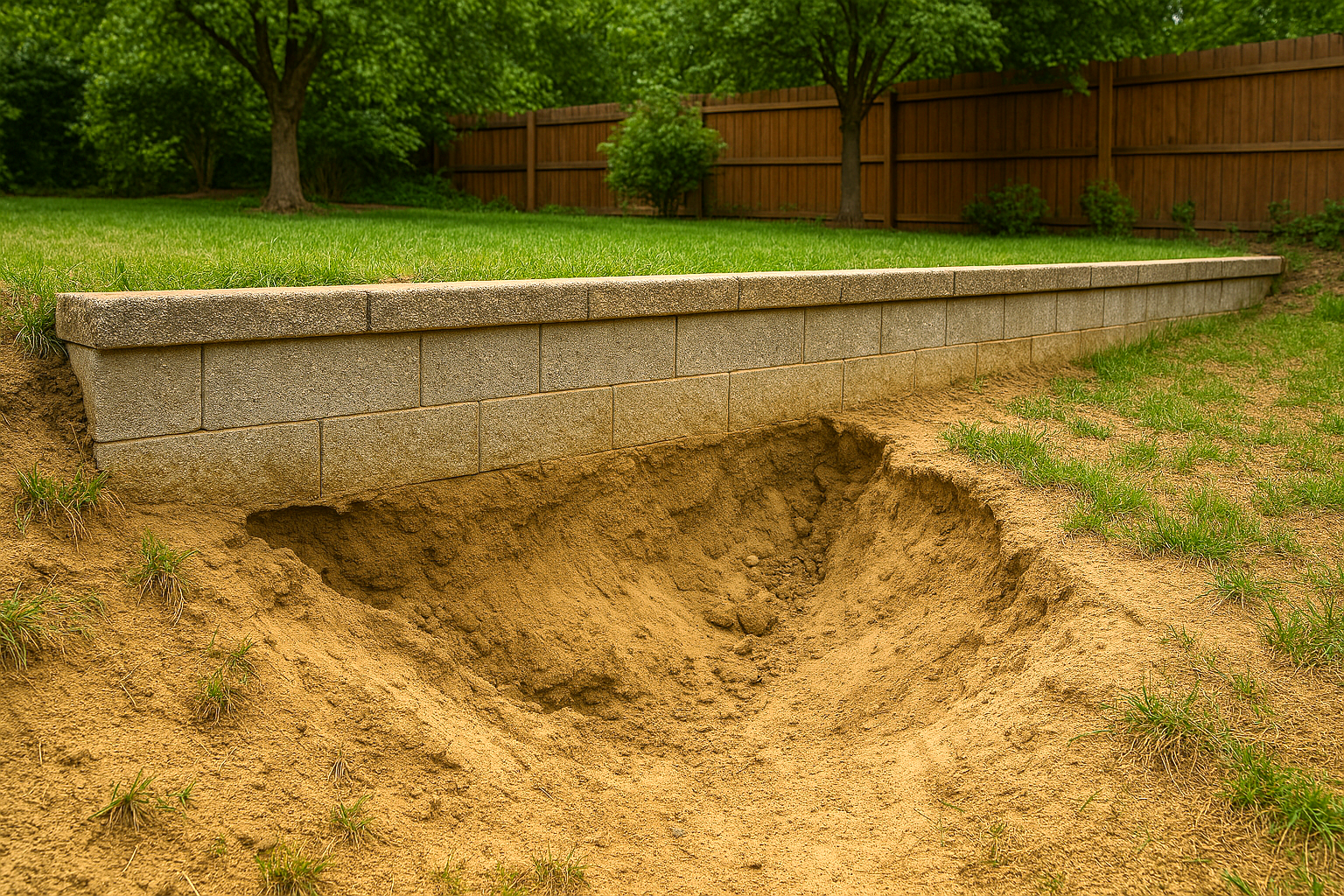
Understanding Retaining Wall Maintenance
Regular maintenance and early detection of issues are crucial steps in preserving the structural integrity and extending the lifespan of retaining walls. Prevention is more cost-effective than major repairs or complete wall replacement.
Importance of Regular Maintenance
We recommend inspecting retaining walls at least twice yearly, particularly after heavy rains or storms. Regular maintenance helps prevent soil erosion and maintains proper drainage.
Proper drainage systems must remain clear of debris and vegetation. Clean weep holes and drainage pipes every 3-4 months to prevent water build-up behind the wall.
Professional inspections can identify potential issues before they become serious problems. We suggest scheduling annual professional assessments to evaluate structural stability.
Identifying Common Issues
Watch for visible cracks larger than 2mm in width, as these may indicate structural problems. Document any changes in crack size over time.
Bulging or leaning sections of the wall require immediate attention. Even small changes in wall alignment can signal serious structural concerns.
Check for signs of water damage, including:
- Efflorescence (white, chalky deposits)
- Soil washing out from beneath the wall
- Water seepage through joints or cracks
Look for deteriorating materials such as crumbling concrete, rotting timber, or rusting steel components. Address these issues promptly to prevent further damage.
Preparing for DIY Repairs
Proper preparation and safety equipment are essential foundations for successful retaining wall repairs. Having the right tools and protective gear on hand ensures efficient and safe completion of maintenance tasks.
Safety Considerations
We recommend wearing steel-capped boots, heavy-duty gloves, and safety glasses when working on retaining walls. A dust mask is crucial when cutting or grinding materials.
Keep a first aid kit nearby and ensure clear access to the work area. Remove any trip hazards like loose stones or vegetation.
Check for underground utilities before digging. Contact Dial Before You Dig on 1100 to identify any pipes or cables in the area.
Tell someone about your repair plans and have a mobile phone ready for emergencies.
Tools and Materials Needed
Essential tools include a spirit level, measuring tape, shovel, pickaxe, and wheelbarrow. A rubber mallet helps adjust blocks without damaging them.
Stock up on matching retaining wall blocks, drainage aggregate, and geotextile fabric. Keep cement mix, a mixing tray, and trowel ready for mortar repairs.
We suggest having a pressure washer or stiff brush for cleaning. A builder's string line and wooden stakes help maintain straight lines during repairs.
Keep spare drainage pipes and connectors on hand if drainage issues need addressing.
Consider hiring specialised tools like a plate compactor or concrete saw if needed from local equipment hire shops.
Step-by-Step Maintenance Procedures
Regular maintenance keeps retaining walls strong and functional while preventing costly repairs. These essential procedures protect your investment and extend the wall's lifespan.
Cleaning the Wall
We recommend pressure washing your retaining wall twice yearly to remove dirt, algae, and mineral deposits. Use a pressure washer at medium strength (1500-2000 PSI) and maintain a distance of 30-40 cm from the wall surface.
For stubborn stains, apply a specialised masonry cleaner with a soft-bristled brush. Test the cleaner on a small, inconspicuous area first to ensure it won't damage the material.
After cleaning, inspect the drainage holes to ensure they remain clear. Remove any debris blocking these openings with a wire brush or compressed air.
Inspecting for Damage
Check the wall every three months for signs of structural issues. Look for cracks wider than 2mm, bulging sections, or leaning portions.
Examine the wall caps and copings for loose or damaged pieces. These elements need immediate repair to prevent water infiltration.
Monitor the drainage system during heavy rain. Water should flow freely through weep holes and not pool at the base of the wall.
Weed and Plant Control
Remove all vegetation growing within 30cm of the wall base. Roots can compromise structural integrity and block drainage systems.
Apply a pre-emergent herbicide in early spring and autumn to prevent weed growth. Choose products specifically formulated for hardscaped areas.
Trim nearby trees and shrubs regularly. Keep branches at least 1 metre away from the wall to prevent root damage and excess moisture retention.
Consider installing a gravel strip along the wall base. This creates a maintenance-free zone and improves drainage.
Repairing Your Retaining Wall
Proper repair techniques can extend the life of your retaining wall and prevent costly replacements. Our team recommends addressing issues promptly to maintain structural integrity.
Fixing Minor Cracks and Voids
Small cracks under 2mm wide can be repaired with masonry sealant or epoxy filler. Before applying any product, clean the affected area thoroughly with a wire brush and remove loose debris.
For concrete block walls, use a polyurethane-based sealant that allows for slight movement whilst maintaining a waterproof seal.
Let the repair material cure for 24-48 hours, depending on weather conditions. We recommend applying a waterproof coating after repairs are complete.
Monitor repaired areas during the next few rain events to ensure the fix has been successful.
Addressing Major Structural Issues
Signs of serious problems include bulging sections, leaning walls, or cracks wider than 2mm. These issues require immediate professional attention.
Contact a licensed structural engineer to assess the damage and develop a repair plan. They'll examine soil conditions, drainage systems, and structural integrity.
We use specialised carbon fibre strips or steel reinforcement to stabilise compromised sections. This process often involves excavating behind the wall to access damaged areas.
Proper drainage solutions, including installing new weep holes or French drains, are crucial parts of major repairs.
Replacing Failing Components
Remove damaged blocks or stones individually to maintain wall stability. Support surrounding sections with temporary bracing during replacement.
Select matching materials that comply with current building codes. We source locally available products that blend seamlessly with existing wall components.
Install new drainage material behind replacement sections. Use 20mm clean gravel and geotextile fabric to prevent soil infiltration.
Check all replacement components are level and properly aligned. Allow mortar or concrete to cure fully before backfilling.
Preventative Measures and Best Practices
Regular maintenance and proactive care significantly extend the lifespan of retaining walls whilst preventing costly repairs. Following proper practices helps identify potential issues early and maintains structural integrity.
Optimising Drainage
Proper drainage remains crucial for retaining wall stability. We recommend installing a perforated drainage pipe at the base of the wall, surrounded by clean gravel.
The drainage system should be inspected every 3-4 months to clear any blockages or debris. This prevents water pressure buildup behind the wall.
Adding surface drains along the top of the wall helps direct runoff away. We suggest positioning these drains every 3-4 metres.
Maintaining proper soil grading with a 1:20 slope away from the wall prevents water pooling. This simple measure significantly reduces hydrostatic pressure.
Routine Inspection Schedule
We recommend conducting thorough wall inspections at least twice yearly, ideally in spring and autumn. Check for cracks, bulging, or separation between blocks.
Key inspection points:
- Wall alignment and levelness
- Condition of drainage outlets
- Signs of erosion around the base
- Integrity of caps and copings
- Plant growth in joints or cracks
Document any changes or concerns with photographs. This creates a maintenance history and helps track wall performance over time.
Keep vegetation trimmed within 30cm of the wall. Roots can cause structural damage and affect drainage pathways.
You might also like
